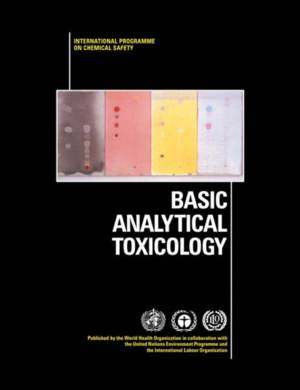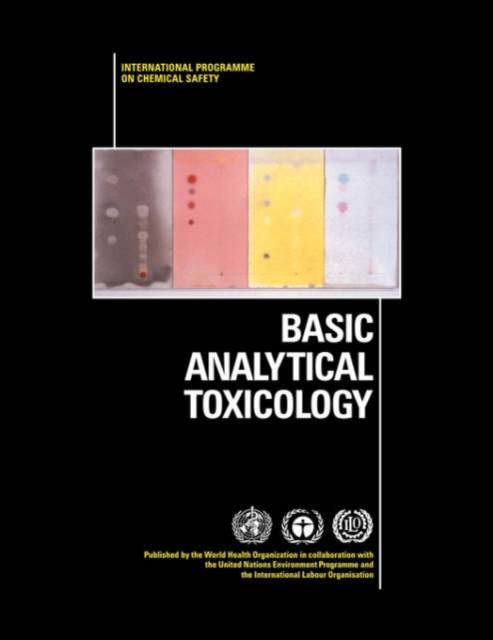
- Afhalen na 1 uur in een winkel met voorraad
- Gratis thuislevering in België vanaf € 30
- Ruim aanbod met 7 miljoen producten
- Afhalen na 1 uur in een winkel met voorraad
- Gratis thuislevering in België vanaf € 30
- Ruim aanbod met 7 miljoen producten
Zoeken
Omschrijving
A practical guide to the laboratory analysis of over 100 substances frequently involved in episodes of acute poisoning. Noting that many hospitals, especially in developing countries, lack the support of analytical toxicology services, the book aims to help laboratory staff perform a range of simple tests known to produce rapid and reliable results for the management of poisoning emergencies. All tests described can be performed without the need for sophisticated equipment, expensive reagents, or a continuous supply of electricity. The manual opens with general information about the organization and functions of an analytical toxicology laboratory, the principles of safe laboratory practice, and the essentials of emergency medicine and intensive care that will influence the laboratory's work. Two chapters, which constitute the core of the manual, describe the many simple analytical tests that can be used to detect and identify poisons, whether in biological fluids or in powders, tablets, or other items found near the patient. The first chapter, on qualitative tests for poisons, sets out a three-part series of tests designed for use as a routine, rapid screen, especially appropriate in the many cases where the identity of the poison is unknown. The second and most extensive chapter provides step-by-step instructions for the performance of qualitative tests and some quantitative methods for 113 specific poisons or groups of poisons. Substances covered range from pesticides and other industrial chemicals, through compounds contained in household products, to pharmaceuticals, plant toxins, and drugs commonly abused.
Specificaties
Betrokkenen
- Auteur(s):
- Uitgeverij:
Inhoud
- Aantal bladzijden:
- 300
- Taal:
- Engels
Eigenschappen
- Productcode (EAN):
- 9789241544580
- Verschijningsdatum:
- 1/12/1995
- Uitvoering:
- Paperback
- Formaat:
- Trade paperback (VS)
- Afmetingen:
- 214 mm x 281 mm
- Gewicht:
- 957 g

Alleen bij Standaard Boekhandel
+ 183 punten op je klantenkaart van Standaard Boekhandel
Beoordelingen
We publiceren alleen reviews die voldoen aan de voorwaarden voor reviews. Bekijk onze voorwaarden voor reviews.








